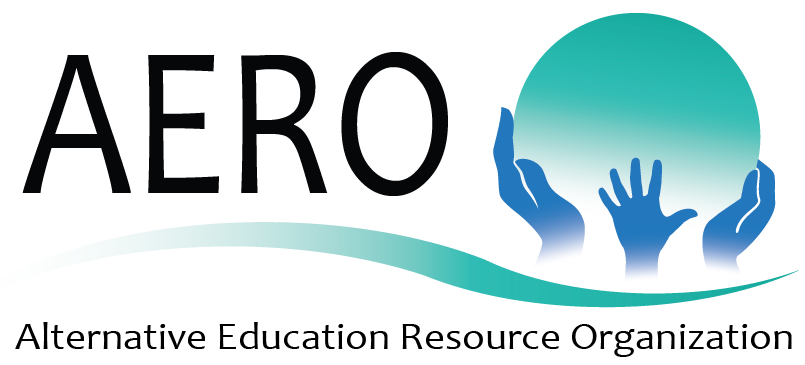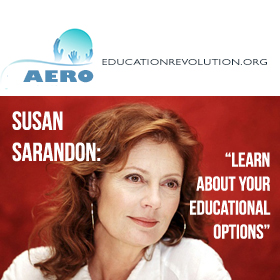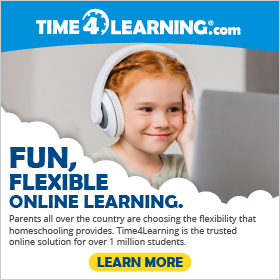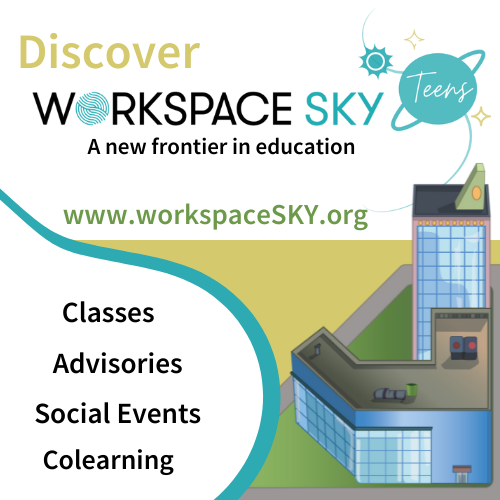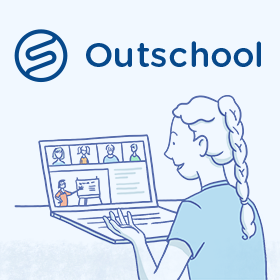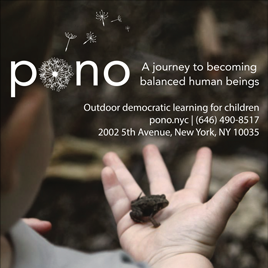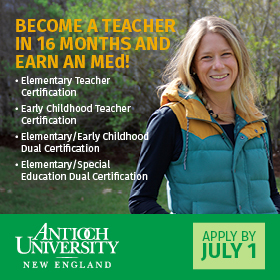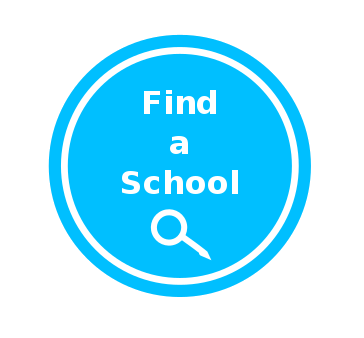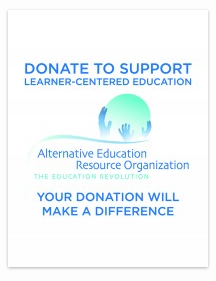by Jerry Mintz
From the introduction the Almanac of Education Choices
Click here for a Spanish translation of this text.
This is the first comprehensive directory of educational alternatives in the United States and Canada in paperback form. It is our hope that our collection of educational alternatives under one cover will communicate to the public the broad scope and availability of this movement, as well as foster communication and networking within it.
We have compiled and written this book was as a call to action. Although it may be used by some for study and research, we expect that it will predominately serve to help those seeking to create a good educational environment for themselves, their children, or in which to teach. The Almanac may be used as a guide to create a new school, a new program within an existing school, or a home-based learning program. What educational alternatives generally have in common with each other is an approach that is more individualized, has more respect for the student, parent and teacher, and is more experiential and interest based. Once you decide that you are looking for alternatives to the traditional school system, you must find out which approach is most suitable for you.
You may want to explore one of the 50 boarding or residential alternatives in the book- a list of them can be found on page 311. Most of them are small, democratic, flexible. Many are not very expensive, and some offer scholarships. But perhaps the best approach would be to visit several of the alternatives that are near where you live. Since we list the schools by state and in zip code order within each state, you can look for the ones nearest your zip code and note the type of school when it is indicated. Virtually all welcome visitors. And seeing these schools first-hand is the best way to find out about them. Call ahead for an appointment. Remember we do not judge the quality or make any specific evaluations of the schools. That is entirely up to you.
A wide variety of educational alternatives exist at the elementary, secondary, and college levels. These generally fall into four major categories: public choice, public at-risk, independent (or private), and home-based.
The public school options in this book number in the thousands; these include entirely separate schools in their own settings as well as classes, programs, and even semi-autonomous "schools within schools." Public choice options are open to all students in their communities (though some have waiting lists). Among these are the magnet schools, which attract students to particular themes, such as performing arts. Public at-risk schools are geared towards students who are having difficulty with school and have special needs (including potential drop- outs, pregnant teens, returning students, etc.).
Generally speaking, public school teachers must have state certification. Independent schools have more flexibility in staff selection and educational approach. Montessori schools, in one form or another, are the most plentiful; we list more than 2500. Most of these are private, but an increasing number are public. In addition, we list over 100 Waldorf schools, based on the teachings of Rudolf Steiner, 60 Quaker (or Friends) schools, and over 500 other independent schools. The majority of independent schools offer at least partial scholarships.
Families who choose "none of the above" for educational, philosophical, or religious reasons, or if there appears to be no nearby educational alternative can decide to have home-based education. If you are interested in this option, you can find help by connecting with one of the more than 700 home-based groups listed in the book. Some call themselves unschoolers, for they follow an approach based on interest, rather than a set curriculum. Others enroll in "umbrella" schools which provide a curriculum to follow (see homeschool resource section). Those which are religious-based usually indicate so in their name, but most of those listed here are for homeschoolers of all backgrounds and philosophies.
There are also some interesting gray areas. For example, home- based educators have combined to create resource centers where they meet as often as four days a week, but their members are all home-based. In some states public school districts have set up programs for homeschoolers whereby they are considered enrolled, and have access to school resources and facilities. In Canada, some private schools receive public school funding. This is also being done in Milwaukee for low income students.
Above and beyond all this, it is very possible, with help, to start an alternative school yourself! This is being done all over the world (see section on foreign schools), as groups of parents, teachers and students come together to form new independent schools, or programs in existing schools. Another exciting area is opening up with the "charter" schools; combining private initiatives and state funding, these can be set up with specific purposes and supported without many of the usual state regulations. More than 11 states have passed enabling legislation (see section on Charter schools for more information). Help for starting or changing schools can be found in the resource section. The Alternative Education Resource Organization, which aided in the production of this book, is one such resource.
If you choose to create a new alternative, one of your first tasks will be to decide how decisions are to be made for the organization. This is crucial. As you browse through the listings, you will see that school governance can involve the local educational authority, a board, an administrator, teachers, parents, and the students themselves. Many combine these, for example, by having a policy- making board, with day to day decisions being made by a democratic school meeting (see section on Starting a New Educational Alternative).
It is being increasingly recognized that students learn better when they have real responsibility for their own education. In fact, some see this as a basic right. This philosophy is implemented in a wide variety of ways. Quaker schools work toward consensus at a school meeting, in which all participants come to a "sense of the meeting." At Montessori schools students continuously choose which materials they want to work with. In some independent community schools, the educational process and all basic decisions are made at a democratic school meeting, with each person having a say. There are schools in which the students participate in hiring their own teachers. An increasing number of schools base their curricula on the interests expressed by the learners, and some have non-compulsory class attendance.
Our advocacy of alternative styles in education does not negate the devotion and skills of the many thousands of excellent teachers and administrators in the mainstream of schooling. This cataloging of educational alternatives does not imply that all that goes on in the mainstream educational system is bad. There are many good programs and untold numbers of effective individual teachers and administrators in the traditional schools, as well as millions of parents, teachers, and children happy with that choice. Also, everything does not always go perfectly in alternative schools, and results vary widely. Our point is to alert the general public to the fact that these educational alternatives are a choice available for their consideration. Furthermore, many mainstream schools have incorporated methods which might be considered alternative into their general approach, so the line between alternative and mainstream is becoming blurred. Perhaps that is good, for as Ted Sizer of the Coalition of Essential Schools once said, "I want to put an end to alternative education. What you offer should be available to all students."
We have compiled this Almanac because we feel it is of primary importance to help students learn how to learn, to stay open to that process and retain confidence in themselves as learners throughout their lives. Perhaps at one time it was possible to teach students just what was needed to be known for their lives, but with today's explosion of information, the best thing we can do is help them maintain openness, curiosity, and flexibility as they face the challenge of the 21st century.
Find out more about the Almanac here.
